PRODUCT NAME: LEOPARD TORTOISE (Stigmochelys pardalis)
Savanna-Scaled Grazer™ | Solar-Powered Seed Dispersal Unit
OVERVIEW
The Leopard Tortoise isn’t just a reptile—it’s Africa’s mobile landscape artist, roaming grasslands with a shell like cracked savanna earth under a midday sun. Engineered for endurance across drought and flood, this tortoise transforms ecosystems one seed at a time. Forget fragility; this is a biological tank with built-in GPS for survival.
KEY FEATURES & SPECIFICATIONS
-
Signature Aesthetics:
-
Camouflage Carapace: Golden-cream scutes with bold, irregular black blotches (pattern unique as a fingerprint). Hatchlings: vivid “polka-dot” edition.
-
Streamlined Architecture: Flatter, lighter shell vs. Mediterranean tortoises → enhanced mobility.
-
Neck Technology: Extra-long, flexible neck for high browsing (reaching shrubs 1m+ tall).
-
-
Performance & Durability:
-
Size: Africa’s largest mainland tortoise (40–70 cm / 16–28 in; max 100 cm). Weight: 13–54 kg.
-
Speed Rating: Unusually fast for a tortoise (emergency “gallop” recorded at 0.3 km/h!).
-
Climate Resilience: Operates from 12°C (night) to 45°C (day). No hibernation!
-
-
Eco-Operations:
-
Diet: Broad-spectrum herbivore – digests grasses, succulents, thistles, even toxic Euphorbia (immune system upgrade).
-
Water Independence: Extracts 90% of moisture from food; drinks only 3–4 times/year.
-
Seed Dispersal: Key distributor for >70 plant species (gut-resilient seeds germinate faster post-consumption).
-
HABITAT RANGE & EDITIONS
-
Native Showrooms:
-
East African Edition (Kenya/Tanzania): Smaller, high-domed, intricate patterns.
-
Southern African Edition (SA/Namibia): Larger, paler, “faded leopard” aesthetic.
-
-
Terrain Compatibility: Open grasslands, savannas, thornscrub (0–2,900m altitude). Avoids forests/swamps.
CONSERVATION STATUS
-
IUCN: Least Concern (but declining locally).
-
CITES: Appendix II (trade regulated; illegal trafficking spikes in Asia).
-
Threat Matrix:
⚠️ Road Mortality: Squashed on highways cutting migration routes.
⚠️ Poaching for Bushmeat/Pets: 10,000+ trafficked annually to Asia (“exotic” status).
⚠️ Habitat Fragmentation: Fences block seasonal movements → starvation.
USER EXPERIENCE (Wild Ethos)
⚠️ Not a Beginner Pet! Ethical captivity requires:
-
Space: Minimum 100 m² outdoor enclosure (dig-proof walls!).
-
Climate Control: Must replicate African diurnal shifts (critical UVB/heat gradient).
-
Diet Warning: Zero animal protein – causes lethal shell deformities.
BIOLOGICAL INNOVATIONS
-
Shell Flexibility: Semi-soft embryonic shell → easier egg-laying (clutches of 5–30 eggs).
-
Predator Evasion: Hisses like a snake + retracts limbs with hissing exhale.
-
Longevity: 80–100 years (record: 115 years).
ECOSYSTEM SERVICES
-
Fire Mitigation: Creates grazing lawns that slow bushfires.
-
Waterhole Engineer: Digs basins used by lizards/snakes during drought.
-
Soil Aeration: Burrows recycle nutrients.
TRAFFICKING ALERT
-
Black Market Value: Sells for $200–$1,000 USD in Southeast Asia.
-
Survival Odds in Trade: 70% die in transit (stacked in crates, no water).
-
Legal Loophole: Captive-bred exports from South Africa still feed demand.
CONSERVATION PACKAGE
Support via:
-
Habitat Corridors: Removing fences in Kenya’s Laikipia Plateau.
-
“Tortoise Taxi”: Rescuing highway-stranded individuals (e.g., Tortoise Trust SA).
-
Community Guardians: Training Maasai rangers to protect grazing grounds.
CULTURAL FOOTPRINT
-
San Rock Art: Depicted in 2,000-year-old Kalahari paintings.
-
Folklore: Called “drought survivor” in Zulu traditions.
Final Verdict:
The Leopard Tortoise is Africa’s self-reliant grassland rover – a high-efficiency, low-maintenance ecosystem regulator wrapped in living abstract art. More resilient than a Hermann’s, faster than an Aldabra, and tougher than trafficking syndicates.
“While cheetahs sprint and lions nap, the leopard tortoise outlives them all – quietly reshaping the savanna, one mouthful at a time.”
— African Ecology Journal
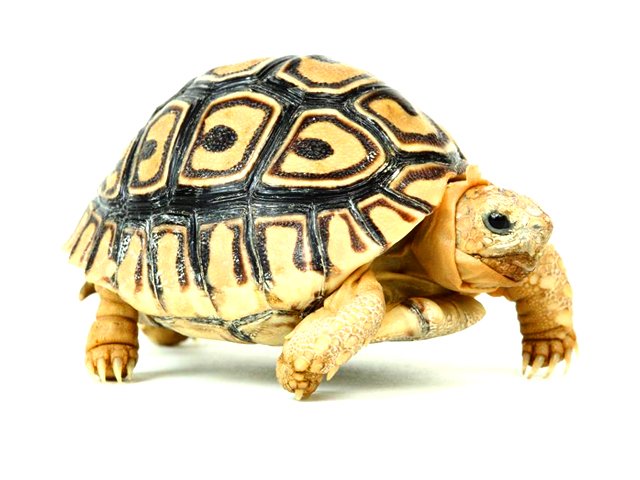
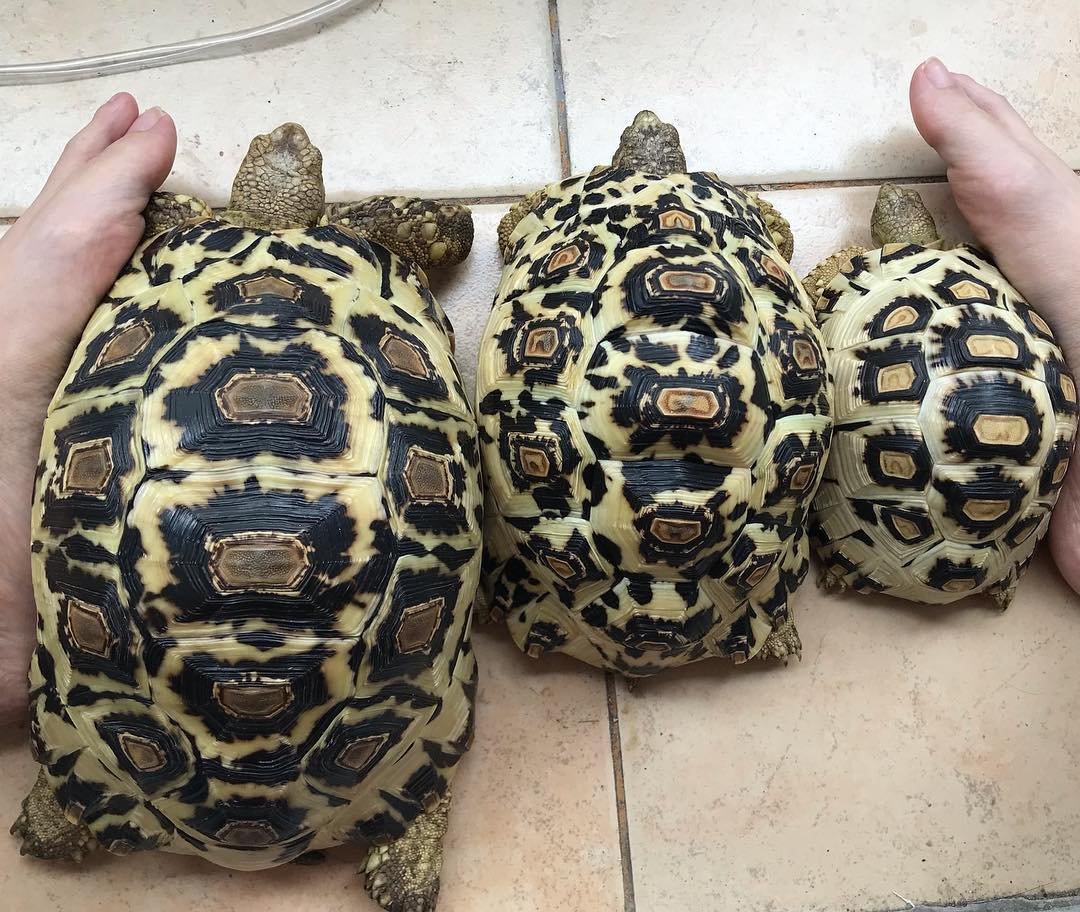
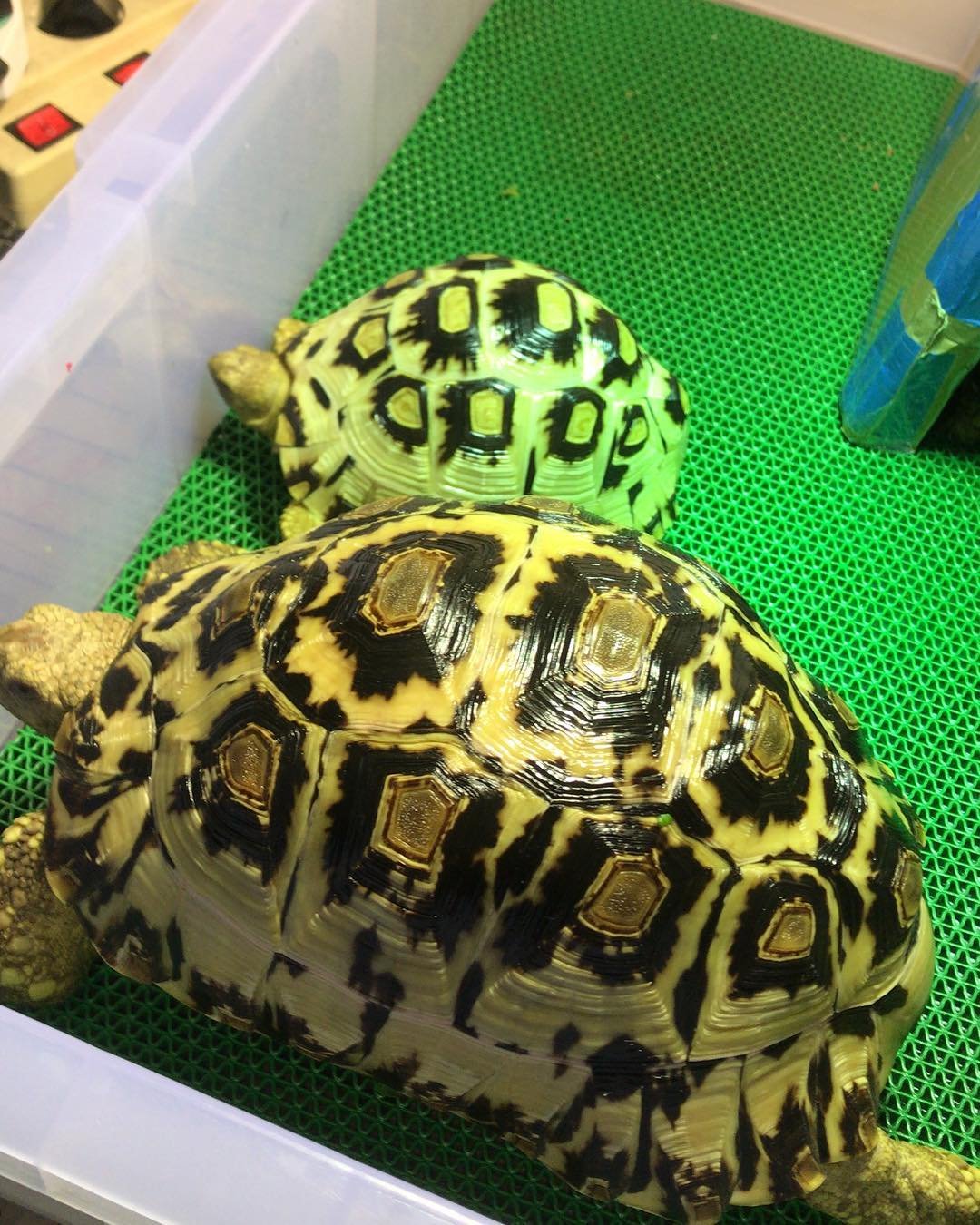
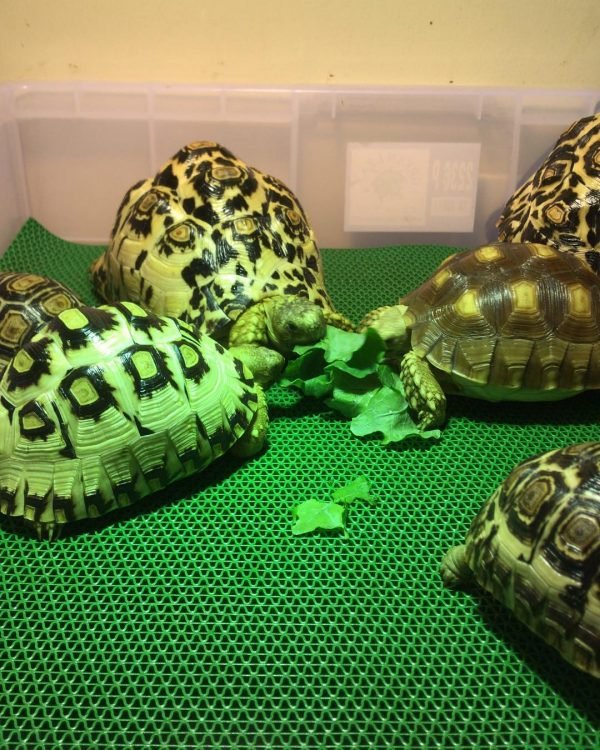
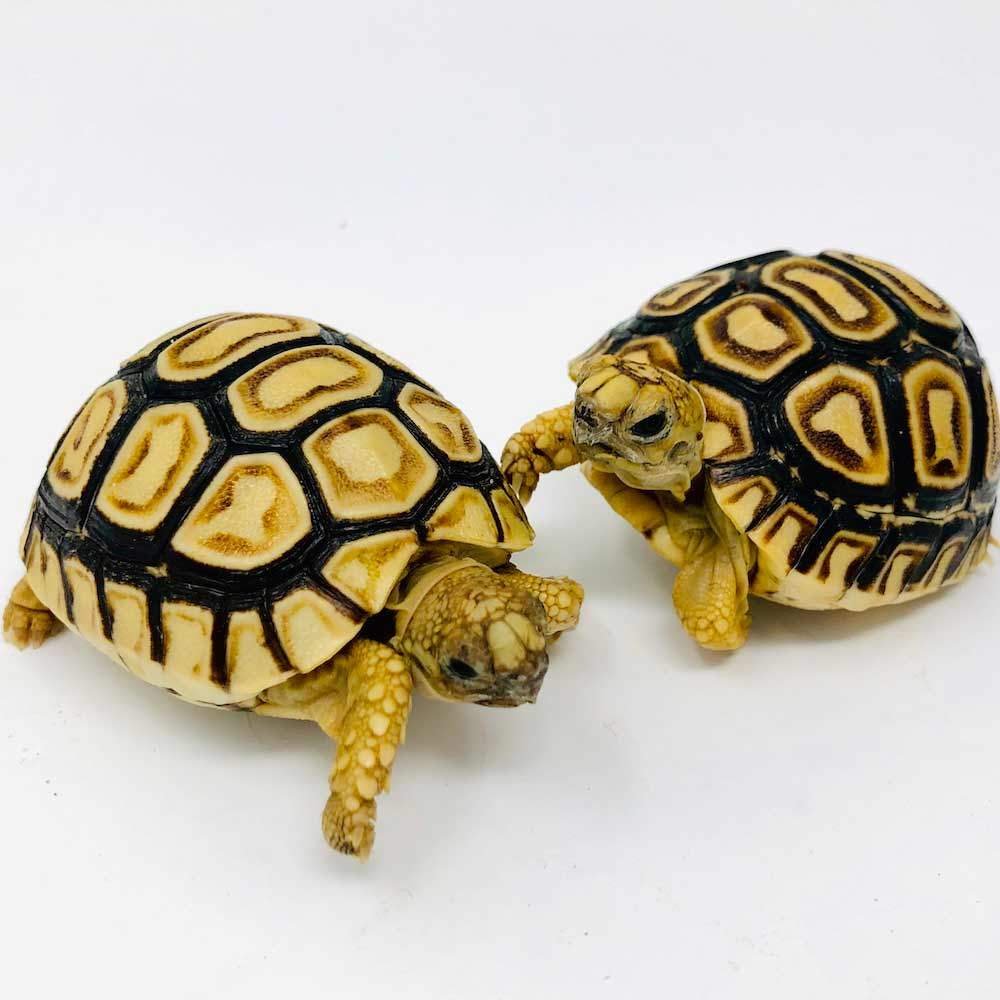
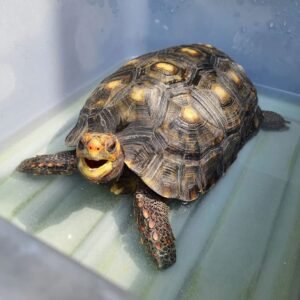
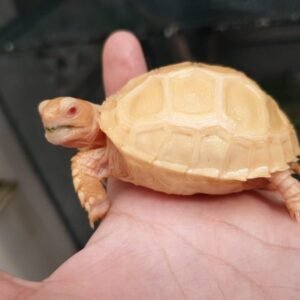
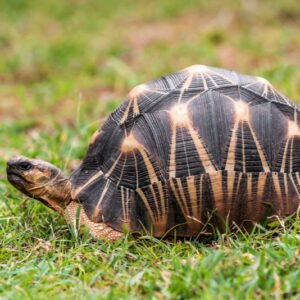
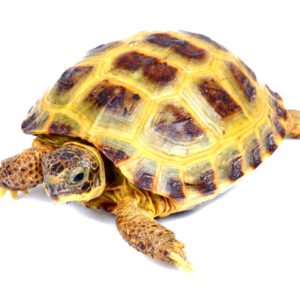
Reviews
There are no reviews yet.